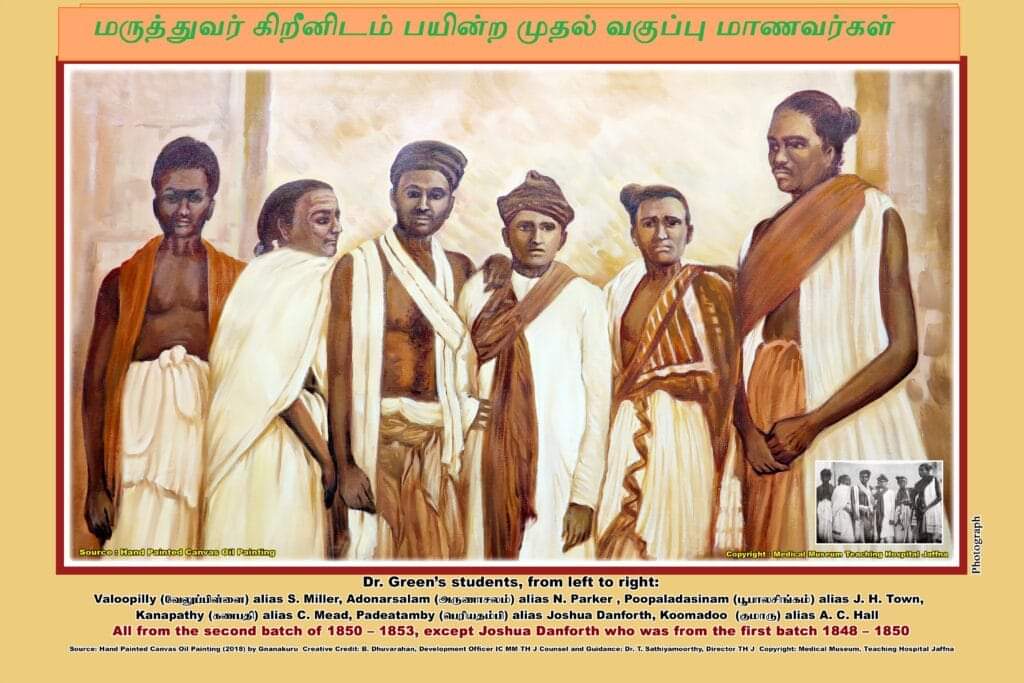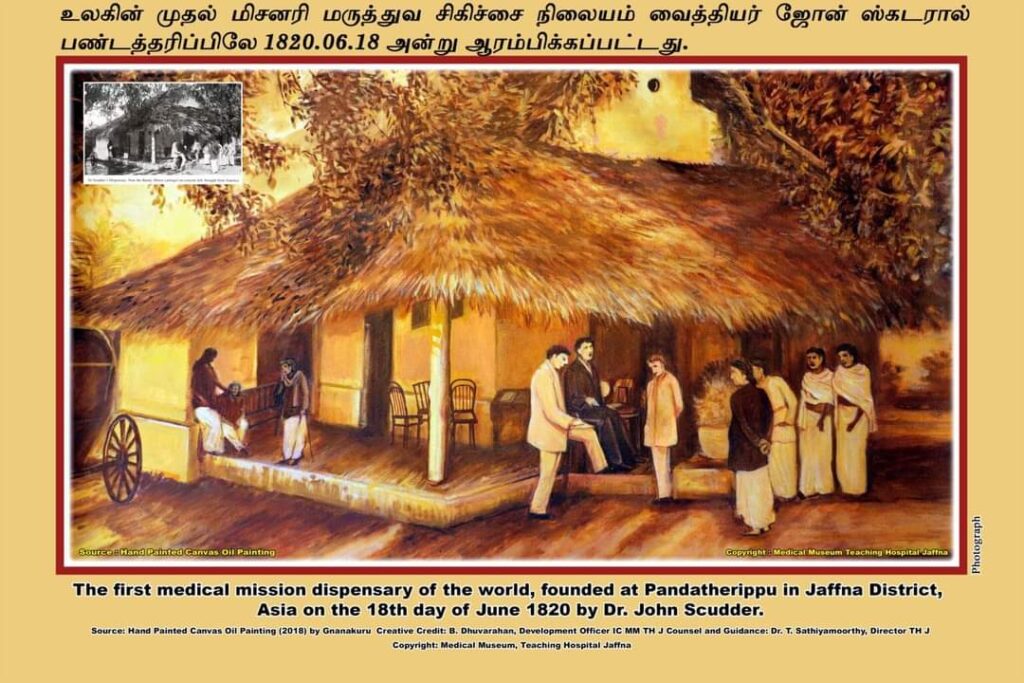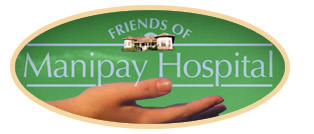In 2011, the demand for trained Nurses to meet the burgeoning requirements of the non-Governmental Health sector was recognized by the Medical Community in Sri Lanka and the Diaspora.
These demands were particularly essential to Elderly Homes (e.g. Sivaboomi Elders home), Family Medical Practices, Charity Hospitals (Manipay Green Hospital and Moolai co-operative Hospital, CANE Cancer Hospice) and Private Hospitals (Northern Central Hospital, Holy Cross Health Centre and other private Hospitals)
It was a time of great need. With a lot of teenagers leaving orphanages having reached leaving age but with no means of survival unaccompanied.
The Institute of Medical Sciences, founded in 2012 at Green Hospital Manipay, stepped into this void and with the assistance of Manithaneyam Trust UK started the first Certificate in Healthcare in 2013.
“Around 25 students completed the 1-year training programme and secured employment as Healthcare Assistants in the independent health sector.”
Most of the students were chosen by Manithaneyam Trust, Sri Lanka, from the orphanages they were funding.
We have since taken two further batches of students for Healthcare Certificate Training with greater selectivity based on academic qualifications.
We provide free tuition and training, transport to various units for training purposes, food, clothing and accommodation. The cost of the programme for 1-year is around Rs 3 Million.
We recognized that the health sector requirements had moved beyond the need for Healthcare Assistants and Healthcare staff with greater nursing skills were being sought by prospective employers.
Therefore, IMS decided to run a three year Diploma Course in Nursing with the approval of the Private Health Regulatory Council of Sri Lanka and the Provincial Health Department.
We propose to start the Diploma in Nursing in March this year. Those who do not make the grade will be gain National Vocational Training Certificates Level 2 or 3 based on the skills acquired and years of training.
The entry requirement when set at GCE Advanced Level qualification was found to be restrictive. A large number students with Ordinary Level qualifications were sought to do the Diploma, having first undertaken the 1-year Healthcare Certificate course as a Foundation Course in lieu of Advanced Level Qualifications.
It is important to consider that during the years of conflict the most affected areas were Education and Health.
Due to the migration of science teachers, most schools stopped teaching biological Sciences and less qualified teachers taught Science and English for the GCE O/L. The children, especially in rural schools, were poorly motivated to learn English and Science. It is only the children in the Cities who were motivated to learn these subjects, however, they belonged to the elite, who were not prepared to take up nursing as a career.
The challenges which were faced along the way have included
———————————————————————————————————
Seeking Financial sponsorship as most of the students could not meet the cost of their training
———————————————————————————————————
Retaining high quality nursing staff as tutors
———————————————————————————————————
Staff turnover has been an issue, this was due to the modest pay levels that the course could afford
———————————————————————————————————
English Proficiency. In the first year, the course was only conducted in English. The difficulty with comprehending lectures delivered exclusively in English meant that from the second cohort onwards, bi-lingual teaching with English and Tamil concurrently helped to overcome this problem
———————————————————————————————————
Progression with familiarity with English over the duration of the course meant that emphasis on English terminology became possible at the point of completion of course
———————————————————————————————————
During the 3-year course, it is likely that we will be able to update Student knowledge of English to acceptable levels, such that, the students can seek employment anywhere in the Country
———————————————————————————————————
Some of the academics are working on an honorary basis and it may be necessary to pay them an honorarium in order to increase their dedication and involvement in teaching
———————————————————————————————————
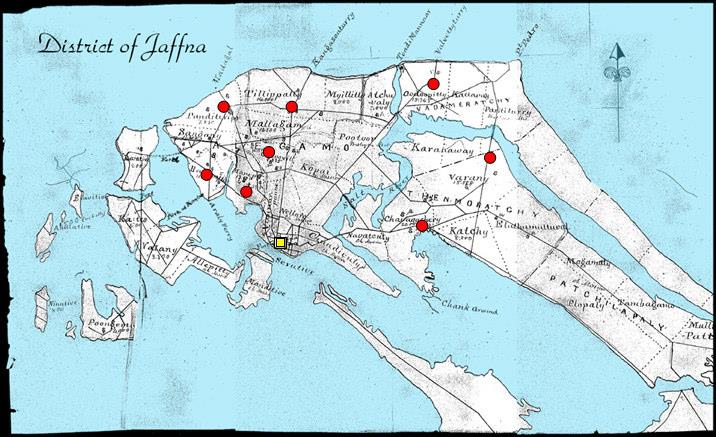
It has been a great privilege that eminent doctors of the stature of Dr N. Sivarajah and Dr C S Nachinarkinian (Former Director Teaching Hospital, Jaffna) teaching on the course with Dr Sivarajah, former,WHO Consultant, taking on the role of being academic Director. Dr Surenthirakumaran Head of Community Medicine Department at Jaffna Medical School oversees the training programme.
The history of the Manipay School of Nursing dates to early 1900’s when the Willis. F Pierce Nursing School was established by some of the nurse spouses of Doctors from America who served at Green Hospital.
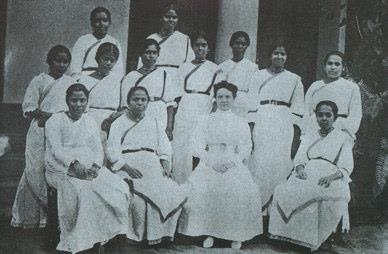
Dr Mrs. Scott (wife of the Physician Dr Scott who worked at Green Hospital for a few years from 1893) who trained initially as a nurse and then qualified in Medicine started the Nursing school. Mrs. Scott was a Canadian and would have been amongst the first female doctors in the Country.
Green Medical School trained around 80 doctors between 1850 and 1875 and many were employed by the Colonial British Government of Ceylon as Doctors. Even after Dr Green returned to USA in 1875, further cohorts of students trained as Doctors at Green Hospital, until the turn of the Century.
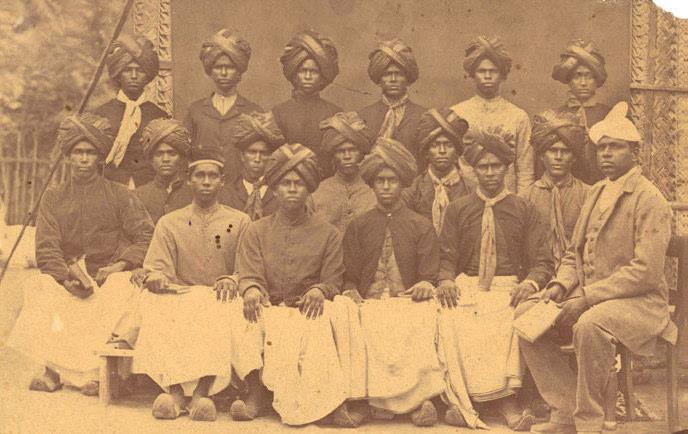
Jaffna General Hospital was a maternity home in its early days known as Jaffna Friends-in-need Hospital.
It was built by the Dutch Colonial Government. During its heyday, Manipay Hospital provided trained doctors to serve Jaffna Hospital.
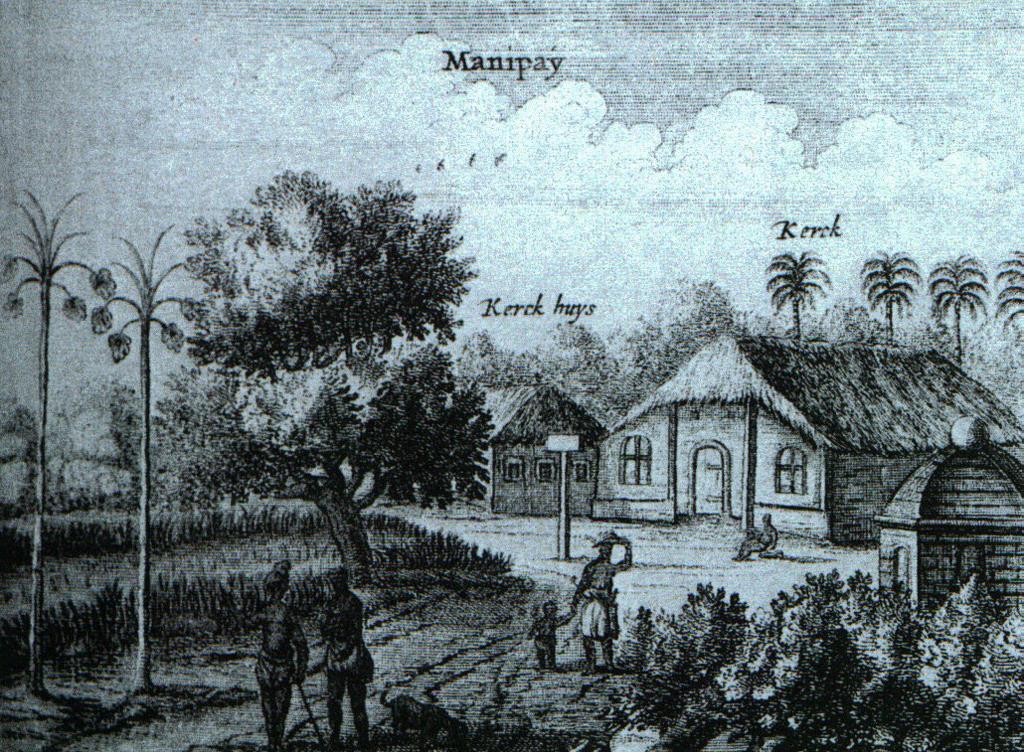
Green Hospital was also given some funds by the British Governor of the time. The spirit of co-operation and assistance given by Manipay Hospital to Jaffna Hospital speaks volumes about the ethos of the medical missions of the nineteenth century.
In fact, the land on which Green Hospital stands today, was crown property of The Dutch Ceylon Colonial Government and by the Treaty of Amiens in 1802, was part of all crown property handed over to the British Colonial Government.
The British Governor of the time gave it to the American Ceylon Mission who funded Dr Green to run the hospital. With the departure of American Ceylon Mission from Sri Lanka in 1945, the responsibility for the hospital was handed over to a charitable trust known as the Union Board of the JDCSI church as a legacy arrangement.
“We hope that well-wishers will come forward now to lift the Hospital which has withered greatly and lift it to a level that will enable it to provide good services to the Local Community.”
Friends of Manipay Hospital charity formed in the UK in 2005. It has contributed £100,000 including £50,000 for Jameson Block, a Laboratory, an X-ray Machine and an Ultra Sound Scanner.
Jameson Block has been taken on lease for peppercorn rent by the Institute of Medical Sciences and the Nursing School is based in this said block. IMS also provides in-patient Neuro-rehabilitation in Jameson Block the first such unit in the Northern province.
Mr Vishva Devasenapathy from Australia and Rideforcharity fund raisers Mr Michael Arnold, Mr Gerald Simon, Mr Sunil Abeyanaike and Mr Walter De Kretser, are helping us restore the former Nursing School Building, making it the Nursing quarters for staff at the hospital and as a hostel for the Nursing students. The work will be completed in a couple of months.
Roger’s home, which was formerly a maternity home within the hospital, now operates as Nurse Quarters for more than 25 nurses from Jaffna Teaching Hospital. Jaffna Teaching hospital makes a financial contribution for its use. Friends of Manipay hospital restored Roger’s Home at a cost of Rs 3 Million.
Sellamuttu Block which is a one storey block is in need of repair and restoration. The former Medical Superintendent’s quarters which can be put to alternative use is also in need of restoration.
The Generator has been repaired thanks to Mr Upali De Silva and Mrs. Shanthi De Silva of Colombo. The Doctors quarters has been restored courtesy of Dr George Selvan Mather (UK) and Dr Dan Rajasooriar (Australia).
The Centenary Block was restored thanks to Dr Preman Jeyaratnam (UK) who organized the funds from the JDCSI Jubilee fund in 2005 and spent a year as Medical Director at the hospital.
Historical records suggest that in 1816 Rev Warren, an American missionary, although not a doctor, dealt with the sick utilizing his rudimentary medical knowledge in Tellipallai.
Dr Scudder was the first American doctor to come to Jaffna and ran clinics in Pandateruppu and Chavakacheri. Dr Scudder arrived in 1836 and started a clinic in Vadducottai.He trained the first native doctors (Jeremiah Evarts and Ira Gould).
Dr Samuel Fisk Green arrived in Manipay 1848 and was a graduate of New York Medical School (currently known as Colombia University, New York.)
